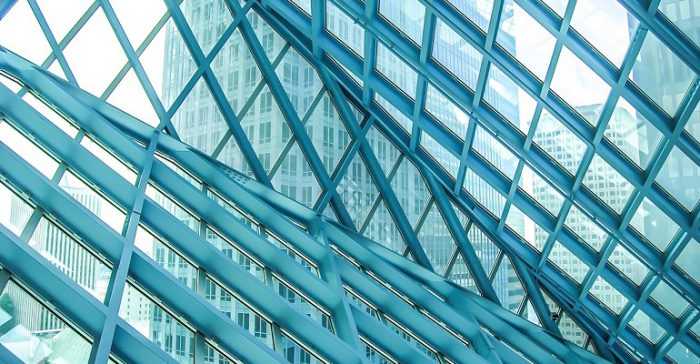Retrofits Are Key to an Energy Efficient Building Stock
Forbes, April 13, 2016. Image credit: ryanEvil
Efficiency through Retrofits
In the world of retrofits, installing energy efficient heating, ventilation, and air conditioning (HVAC) systems; LED lighting; and building controls can help building managers lower the levels of energy consumption of building systems. For example, the 85-year-old Liberty Tower in Dayton, Ohio is using each of these strategies to improve energy efficiency. All interior and exterior lights in the 114,000-square-foot facility are being replaced with LEDs, the building’s existing steam boiler is being replaced with two vertical fire tube boilers, and the building controls are being replaced and upgraded to provide advanced programming measures.
Upfront Costs
Though savings from retrofits can be substantial, so too can the costs. For the Liberty Tower retrofit project, the total cost is estimated to be $870,000 and provide annual utility cost savings of $99,000, generating a payback period of 8 years. The payback period, for better or for worse, is considered by many in the industry as an easy shorthand for determining whether or not a given energy efficiency retrofit project or technology will be viable for a particular installation. Most building owners require a payback of 3 years or less, though this depends on the ownership and use of the building.
Liberty Savings Bank owns the Liberty Tower and occupies about 10% of the total floorspace, with the remainder leased to tenants. Because the company is family-owned and occupies part of the building, it can accept a larger payback. However, only about 60% of commercial floorspace in the United States is occupied by its owner. Consequently, larger ticket upgrades, such as deep building envelope or HVAC system upgrades, remain difficult to sell within the retrofit market.
